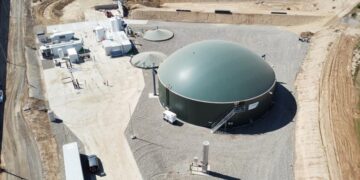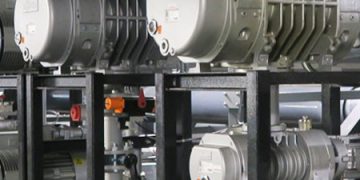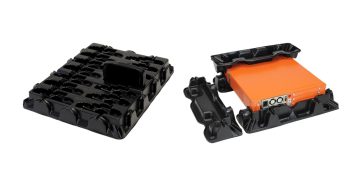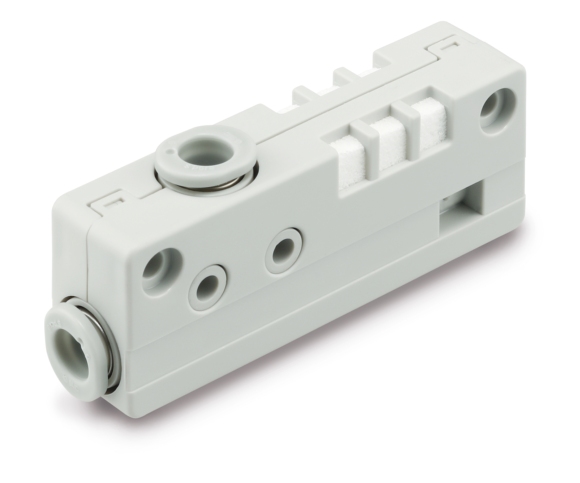Across the industry, vacuum generation finds a wide variety of applications: from packaging and palletizing, to material handling and automatic assembly, to automated transport and pick-and-place. Here, process engineers face the challenge of achieving a small and lightweight machine design without sacrificing performance. To meet these high demands, SMC has now further developed its ZH‑A series vacuum generator as a compact version. Thanks to a reduction in overall volume, this is a true lightweight and still has a larger total volume flow — ideal for use in mobile handling applications.
Whether in the semiconductor, electrical, automotive or food industries, in life science as well as a wide range of manufacturing and assembly equipment: Vacuum generators are part of the indispensable standard repertoire for a wide variety of applications — and must meet growing demands. To this end, SMC, the specialist in pneumatic and electrical automation, has developed a compact version of its vacuum generators. This provides process engineers with a solution that allows them to achieve an even more compact machine design while offering high performance with easy installation and maintenance. A particular advantage is that the reduction in weight improves efficiency, as robots, for example, can perform faster movements without compromising process reliability.
Small on the outside, powerful on the inside
SMC engineers have put the ZH‑A series vacuum generator on a diet, creating a compact version. By reducing the connection height by up to 20% (-4.6 mm) and the total volume by up to 39% (-14.1 cm³), it is not only significantly more compact, enabling smaller and more cost-effective machine designs. The weight has also been reduced by up to 59% (-19.4 g) compared with its predecessor. This is now only between 28.7 g (1.5 mm nozzle Ø) and 46.4 g (1.8 mm nozzle Ø). Overall, this means that more output can be placed on the same area, which reduces the CO2 footprint and investment costs. On the other hand, faster cycle times can be realized thanks to the lower moment of inertia, which increases the output quantity.
At the same time, SMC has not skimped on performance: for example, the maximum achievable vacuum is ‑90 kPa and the maximum suction volume flow, depending on the nozzle size, is 78 l/m (1.5 mm nozzle Ø),128 l/min (1.8 mm nozzle Ø) and 155 l/min (2.0 mm nozzle Ø) — an increase of 11% for the smallest nozzle size compared to its predecessor. This enables faster evacuation when handling workpieces while at the same time increasing reliability and again shortening cycle times. An integrated silencer also ensures that venting noise is reduced, thus improving work safety.
Flexible installation and easy to distinguish
The compact version product is easy to install on different machine designs thanks to three mounting options: Process engineers can choose between direct mounting, mounting with L‑fastener or DIN rail mounting. The same applies to the connection either as a plug-in connection or screw connection (G-/Rc-/NPT-thread) or as a combination between the two connection options.
In order to also comply with the Poka Yoke principle, the pressure ring has a color coding that immediately distinguishes between metric sizes (light gray) and inch sizes (orange). This not only makes it easy to identify the product, but also complies with the specifications of the US market, for example. Since the bore spacing for fasteners is the same as for the predecessor, the compact version of the series can be replaced without any problems — so nothing stands in the way of a machine update.

















